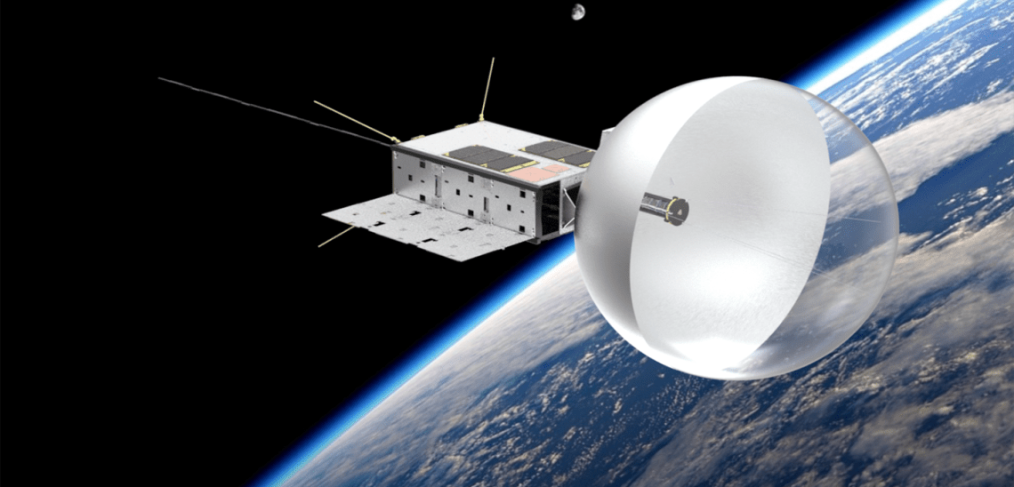
Arizona Space Grant Consortium Supports University of Arizona’s First Satellite, Student-Built
The sun barely peeks over the horizon as a suitcase-like transport box exits Steward Observatory, home to the University of Arizona Department of Astronomy. Inside, held snugly in place by foam, is precious cargo: CatSat, the university’s first satellite built entirely by students.
After loading it into the back of the car, Shae Henley and Walter Rahmer, both engineering students at UArizona, stretch one last time in preparation for the 660-mile trip from Tucson to Vandenberg Space Force Base in California. Their mission: Deliver the satellite and fit it inside a Firefly rocket that will launch into low-Earth orbit as early as July 1. If everything goes according to plan, CatSat will orbit around Earth every 95 minutes, gathering data about space weather while using an inflatable antenna from FreeFall Aerospace and a state-of-the-art radio from Rincon Research Corporation.
CatSat is a small satellite, also known as a CubeSat. The project kickoff was in 2016. For the past several years, students suited up in lab coats, hairnets and masks to meticulously wire up the satellite inside a clean room in the university’s Drake Building. Henley and Rahmer were part of the CatSat integration team, which also included team leads Hilly Paige and Del Spangler, both UArizona alumni, and engineering student Sarah Li.
Read the full story on News.Arizona.edu
Author Credit: Penny Sophia Duran, NASA Space Grant Science Writing Intern
Image Credit: Aman Chandra/FreeFall Aerospace
Original Post Date: June 29, 2024

